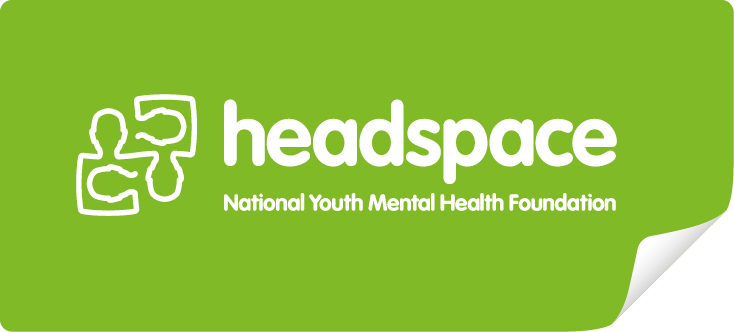Youth mental health foundation Headspace dismisses media reports suggesting it's on its last legs
Youth mental health foundation Headspace has dismissed media reports suggesting the organisation is on its last legs following a management restructure.
Last week, six of the foundation’s board of directors resigned, hot on the tail of the former CEO Chris Tanti’s redundancy just weeks prior.
While the Australian Broadcasting Corporation described the organisation as being in turmoil and disarray, interim chairman Ian Marshman said the management shake-up had been in the pipeline since last year.
The management and funding of Headspace centres was officially taken over by primary health networks (PHNs) from July 1, in line with recommendations from a commission into mental health services that were made public last year.
“This is a fairly significant change of role in Headspace, towards more of a quality assurance, brand enhancement, strategy and policy role, and less of a direct service-delivery role,” Mr Marshman told The Medical Republic.
But he reassured clients there would be no interruption to services during the transition period and that there would be continuity of services under the new system.
The changes were needed, in part, because the Headspace’s lack of local planning and “duplication of, and competition with, other community, private and state government services”, the review found.
So the new management under PHNs is hoped to better tailor the service to the local demands, and away from “rigid management” that had become “too centralised”.
Professor Ian Hickie, one of the founding board members and later critic of the foundation, said the changes were widely welcomed in the industry.
“It’s a 10-year-old program, and the world has changed radically in the last decade,” he said, adding that it was inevitable that the role of the organisation would, and should, change with time.
Professor Hickie, who left the organisation in 2012 to join the National Mental Health Commission, praised the government for adopting the recommendations of the report.
The change would create “much greater local accountability and transparency” and provide more regionalisation and personalisation of care, he said.
Critics of the new model see the long-term funding of the program as in jeopardy, as the federal government has not committed new funding beyond 2018.
However, Mr Marshman said the board was confident and heartened by assurances from both political parties.
“We think that there’s a very strong level of government and political support for Headspace, and that is also reflected in the community,” he said.
However, the new funding model means that Headspace’s national headquarters has had its budget cut from $19 million a year to $8 million.
Headspace has been one of the government’s most well-funded mental health services, securing more than $400 million over five years from 2013-14, and rapid expansion has seen the development of almost 100 centres since its inception.
The organisation boasts that almost 260,000 young Australians have received help through their centres, but critics argue figures such as these are misleading.
Instead, there was a lack of transparency around Headspace’s outcomes and selective reporting of only positive figures, said Professor Anthony Jorm, of the Melbourne School of Population & Global Health.
Professor Jorm published an analysis of the foundation late last year, in which he found that 45% of clients with anxiety and depression only received one or two sessions of therapy.
“They’re getting too few sessions to see a therapeutic benefit,” he said.
Acknowledging that compliance was difficult in this group, Professor Jorm said that even a comparison of Headspace clients with a similar cohort found only a “less than small” benefit from treatment offered.
Instead of rushing to expand the centres across the country, it would have been better to properly evaluate the programs while Headspace was smaller, he said.
“I think the big mistake has been to expand it before then data was there. We’re not doing anyone a favour by getting something that looks good on paper than isn’t getting the outcomes,” Professor Jorm said.
ANZJP; online 4 December


